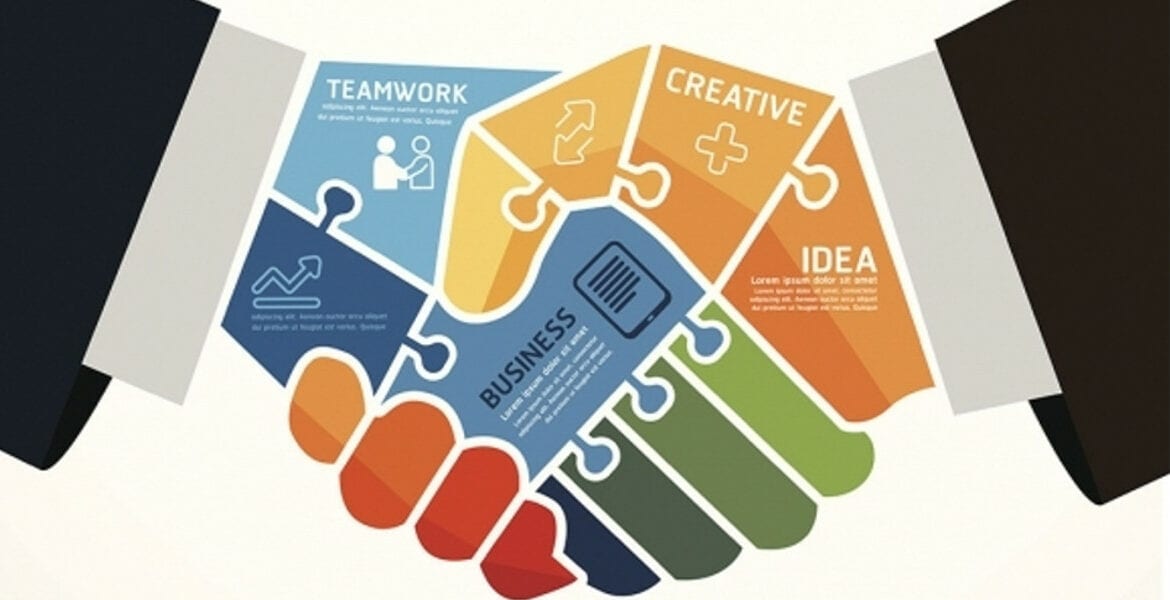Summary: Supplier relationships can be costly in terms of both money and time investments, and can also be rife with risk. Many businesses are turning to B2B marketplaces in order to lower cost and risk alike and instead focus on collaborative relationships, strategic partnerships, and innovation.
When you’re in business, you have to form relationships with suppliers in one way or another in order to get the job done. However, the way you go about building supplier relationships can make all the difference to your bottom line as well as the innovative potential of your business. When seeking out suppliers and a way to interact with them, it’s important to be aware of the actual cost of the relationship, the risks involved by doing business with them, and the alternatives you have at hand.
What Are The Costs Of Your Supplier Relationships?
When it comes to supplier relationship management, the whole ordeal can be costly if you let it get out of hand. If you have too many suppliers, you risk high costs, confusion, and overcomplication in other areas of business which rely on these supplies, like production. Too few suppliers, and you’re in an “all your eggs in one basket” situation which rarely leads to good things in business or in life.
According to a study by The Hackett Group in 2012,
“It costs roughly $700-$1,400 in internal costs (i.e., labor, outsourcing, technology and related overhead) to source each supplier, set it up in internal systems, transact with it and manage the relationship on an ongoing basis.”
Among the reasons to consolidate suppliers cited in the study, is that added buying power with each supplier can lower your cost of purchase as well as your supplier management costs.
Even beyond money, dealing with paperwork manually, fixing invoice errors and discrepancies, and communicating with suppliers over inquiries costs companies about 6500 hours a year—and you can bet that they are paying someone for each and every one of those hours.
What Are The Risks Of Working With Your Supplier?
Trust, transparency, and longevity are all valid concerns when contemplating the risks of working with suppliers. Contract management alone can be a hefty ordeal, especially if you find yourself dealing with a subpar supplier, since contract renegotiation can be a long and arduous process.
Each supplier you manually add to your supply base also results in a cadre of compliance risks. How do they safeguard their data? How does their preceding supply chain look—are they reliable? Are they utilizing corrupt practices somewhere down the line like forced labor, poor work conditions, or even human trafficking? Without a process in place alongside the skill and man-hours to verify each of your suppliers compliance standards as well as consistent checks to ensure their standards are regularly updated and maintained, you run the risk of severe ethical and reputational harm to your business.
When business neglect to regularly analyze their supplier lists and consolidate where it’s relevant to do so, spend visibility also suffers. Companies may pass along orders to vendors sheerly out of convenience, desire, or cost with little further rationale—all of which can lead to costly situations down the line. Being able to monitor and have full visibility into your company’s spend is vital to healthy, low-risk supplier relationships.
Why Are More Companies Looking To B2B Marketplaces For Their Suppliers?
The middle ground between too many and too few suppliers is paring down to focus on your key suppliers and nurturing those relationships. Similarly, employing the necessary services to validate the compliance of your suppliers can save you many dollars and headaches throughout the course of your business. Both of these reasons are why many companies are turning to B2B marketplaces to source their suppliers.
B2B marketplaces enable buyers to home in on key suppliers, increase spend visibility, lower overhead costs of SRM, and allow businesses to focus on the more important aspects of having supplier relationships and with far fewer worries. Instead, businesses can spend their time developing collaborative, strategic relationships and key partnerships in order to boost innovation and profit for everyone involved.
One well-known supporter of building strong, collaborative supplier relationships as a driver of innovation is Toyota. Approximately 15% of Toyota’s suppliers can be classed as “strategic potential or actual co-developers.” They are sure to invest additional time and resources in these suppliers through activities such as attending R&D shows to spur discussion about new technologies.




